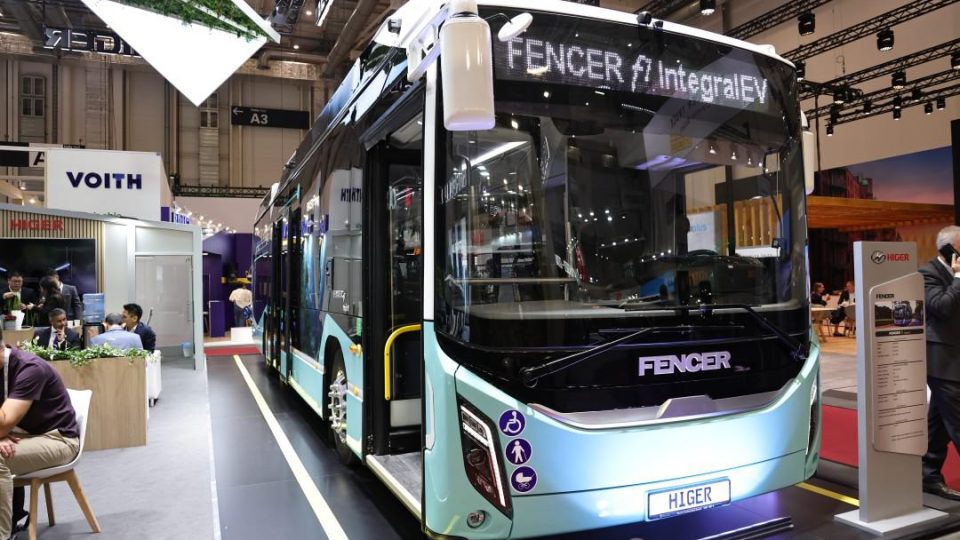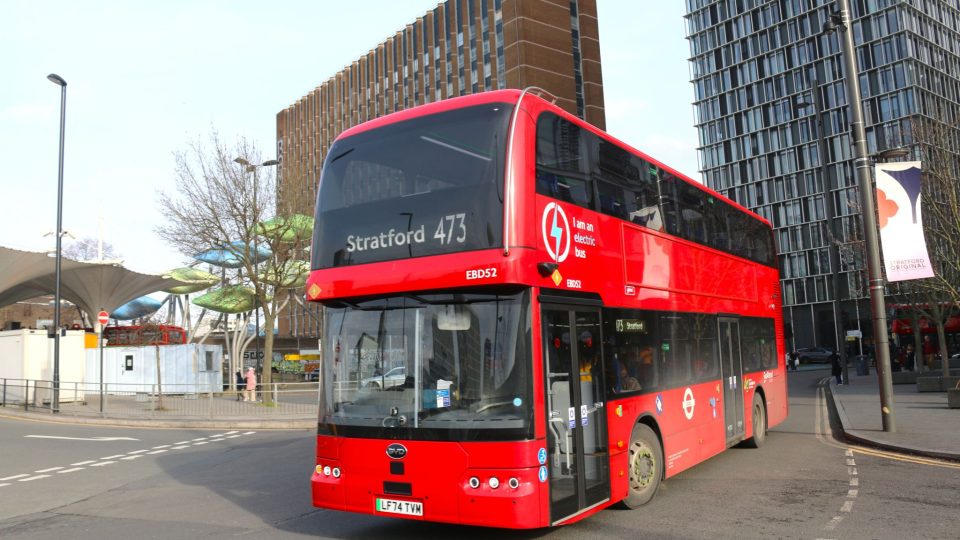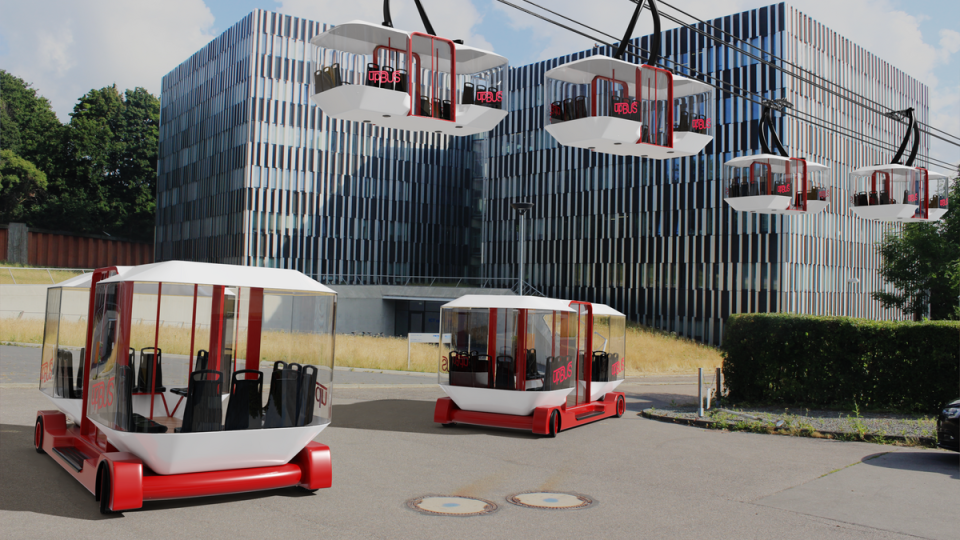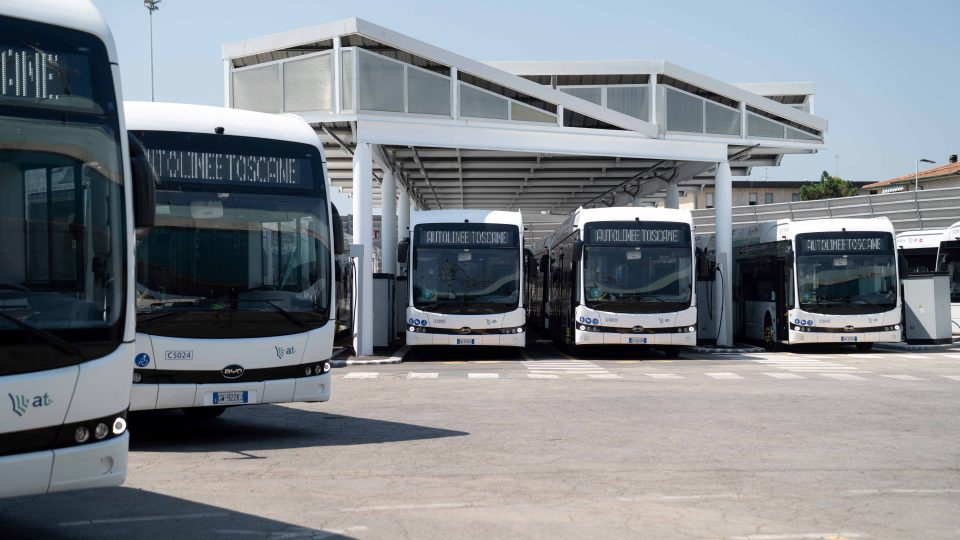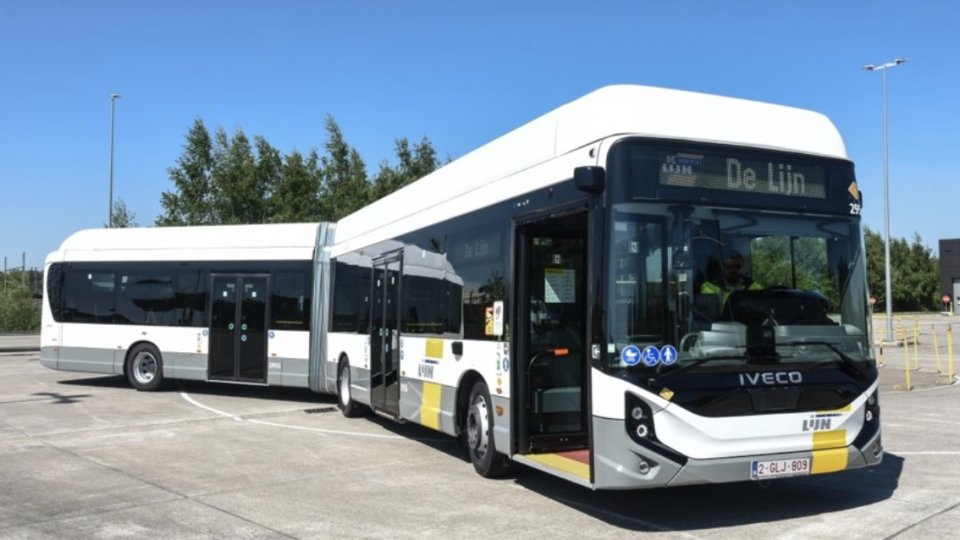Unstoppable or underfunded? Germany’s e-bus market at a crossroads. PwC’s analysis
The latest edition of the PwC E-Bus Radar reveals that public transport operators have surpassed their ambitious targets, with nearly 2,950 BEB in operation within the German public transport system by the end of 2024. Does this mean the decarbonization of Germany's bus fleet continues unabated and the rise of the electric bus is unstoppable? Upon closer examination, the current PwC E-Bus Radar indicates the first signs of a slowdown in the robust market momentum seen in Germany over recent years, and there are legitimate reasons for this shift.

Three years ago, in 2022, we officially declared the beginning of the “decade of the electric bus.” The year 2020 already saw an exponential growth rate in the number of electric buses for the second year in a row, particularly battery-electric buses (BEB). Beginning with approximately 500 BEBs at the close of 2020, the PwC E-Bus Radar forecasted a rise to 2,840 BEB over the subsequent four years.

While the E-Bus Radar still indicates plans to procure an additional 5,300 battery-electric buses and 880 fuel cell buses by 2030, the survey reveals that many of these plans have been significantly postponed, in some cases extending well into the 2030s. This delay is largely attributed to financing challenges, exacerbated by the sudden discontinuation of the current electric bus funding program from the Federal Ministry for Digital and Transport (BMDV).
The latest edition of the PwC E-Bus Radar reveals that public transport operators have surpassed their ambitious targets, with nearly 2,950 BEB in operation within the German public transport system by the end of 2024.
Does this mean the decarbonization of Germany’s bus fleet continues unabated and the rise of the electric bus is unstoppable? Upon closer examination, the current PwC E-Bus Radar indicates the first signs of a slowdown in the robust market momentum seen in Germany over recent years, and there are legitimate reasons for this shift.
The role of federal fundings
The electric bus market truly gained momentum in 2018 when the Federal Ministry for the Environment, Nature Conservation, and Nuclear Safety (BMU) introduced funding guidelines for acquiring battery-electric buses for local public transportation. After the new federal government was formed in 2021, the Federal Ministry for Economic Affairs and Climate Protection (BMWK) took over the funding program. This initiative targeted transport companies and provided crucial support during the early market phase to facilitate the procurement of battery-electric city buses.
On one side, the operational performance of electric buses has reached a level comparable to that of conventional diesel-powered buses. On the other side, from a business standpoint, it is evident that achieving cost parity for deploying battery-electric buses remains unfeasible at current vehicle prices without the aid of subsidies.
The program, with a funding volume of €478 million, successfully supported the procurement of 1,489 BEB and the development of associated charging infrastructure across 65 transport companies in 13 federal states. The findings from the accompanying scientific research, conducted by a team led by PwC Germany in collaboration with ifeu, CP/Compartner, eebc, and Prognos, have now been published.
On one side, the operational performance of electric buses has reached a level comparable to that of conventional diesel-powered buses. On the other side, from a business standpoint, it is evident that achieving cost parity for deploying battery-electric buses remains unfeasible at current vehicle prices without the aid of subsidies.
A comprehensive cost analysis reveals that a battery-electric bus newly registered in 2023 is expected to cost approximately 30 percent more than a conventional diesel bus over its entire twelve-year lifespan, assuming an annual mileage of around 55,000 kilometers. Looking ahead, it is anticipated that the purchase prices of zero-emission buses will decrease. However, the accompanying research indicates that even by 2030, the total lifecycle costs of battery-electric buses will likely remain about 10 percent higher. A crucial finding is that without supportive financing and funding mechanisms, the transition to electric buses may strain public transport services, potentially undermining climate policy objectives.
In numerous regions, future e-bus procurement is being driven by the BMDV funding, which is set to conclude in 2024.
Implementing an investment funding strategy with a degressive financing path for electric buses and the necessary infrastructure could bolster the market and apply long-term price pressure on manufacturers. In fact, this trend is already emerging as public transport operators increasingly turn to investment funding programs at the state level, which typically offer lower funding rates compared to previous federal initiatives. However, such state programs are not universally available and often lack sufficient funding. A federal funding approach with a gradual and transparent reduction in funding rates could mitigate market setbacks by providing a predictable phase-out of subsidies while continuing to incentivize early adopters. By 2025, transport companies will likely rely on state-level funding programs or, in the worst-case scenario, face the need to fully finance the still-costlier electric buses independently.
Further +6,000 ZE buses to come
While the E-Bus Radar still indicates plans to procure an additional 5,300 battery-electric buses and 880 fuel cell buses by 2030, the survey reveals that many of these plans have been significantly postponed, in some cases extending well into the 2030s. This delay is largely attributed to financing challenges, exacerbated by the sudden discontinuation of the current electric bus funding program from the Federal Ministry for Digital and Transport (BMDV).
The program’s first three calls resulted in funding for approximately 2,200 electric buses, which is significantly fewer than initially anticipated. Although procurements over the next two to three years will continue to benefit from already approved funding, the expiration of BMDV support—driven by a political shift following the Federal Constitutional Court’s ruling on the Climate and Transformation Fund—poses a substantial obstacle. This change comes at a critical juncture when the e-bus market is transitioning from the initial ramp-up phase into maturity, a necessary step for the long-term success of public transport decarbonization efforts.
Rethinking funding options for e-buses in Germany
Implementing an investment funding strategy with a degressive financing path for electric buses and the necessary infrastructure could bolster the market and apply long-term price pressure on manufacturers.
In fact, this trend is already emerging as public transport operators increasingly turn to investment funding programs at the state level, which typically offer lower funding rates compared to previous federal initiatives. However, such state programs are not universally available and often lack sufficient funding. A federal funding approach with a gradual and transparent reduction in funding rates could mitigate market setbacks by providing a predictable phase-out of subsidies while continuing to incentivize early adopters.
By 2025, transport companies will likely rely on state-level funding programs or, in the worst-case scenario, face the need to fully finance the still-costlier electric buses independently.
What industry associations ask
As expected, industry associations have provided more detailed recommendations. The Association of German Transport Companies (VDV) is calling for the modernization of the Municipal Transport Financing Act (GVFG) and thus a fundamental increase in annual funding. They propose allocating an additional one billion euros annually to support the adoption of emission-free buses and the development of the necessary infrastructure. This financial support would significantly alleviate the burden on transport companies, facilitate the decarbonization of road-based public transport, and ensure compliance with the Clean Vehicles Directive (CVD) targets.
Additionally, the Federal Association of German Bus and Coach Operators (BDO) suggests that introducing a cap on electricity prices could accelerate the transition to cleaner propulsion technologies for buses.
Given the current circumstances, it is increasingly crucial for transport companies and authorities to refine their strategies for procuring electric buses and the necessary infrastructure. This includes optimizing the related tender processes to enhance economic viability and efficiency, especially in the face of diminishing funding opportunities. The resulting price pressures are likely to heighten global competition among vehicle manufacturers, including European and Chinese suppliers. Achieving greater standardization of buses within Germany’s public transport system, along with adopting innovative procurement models, can further support these efforts.

